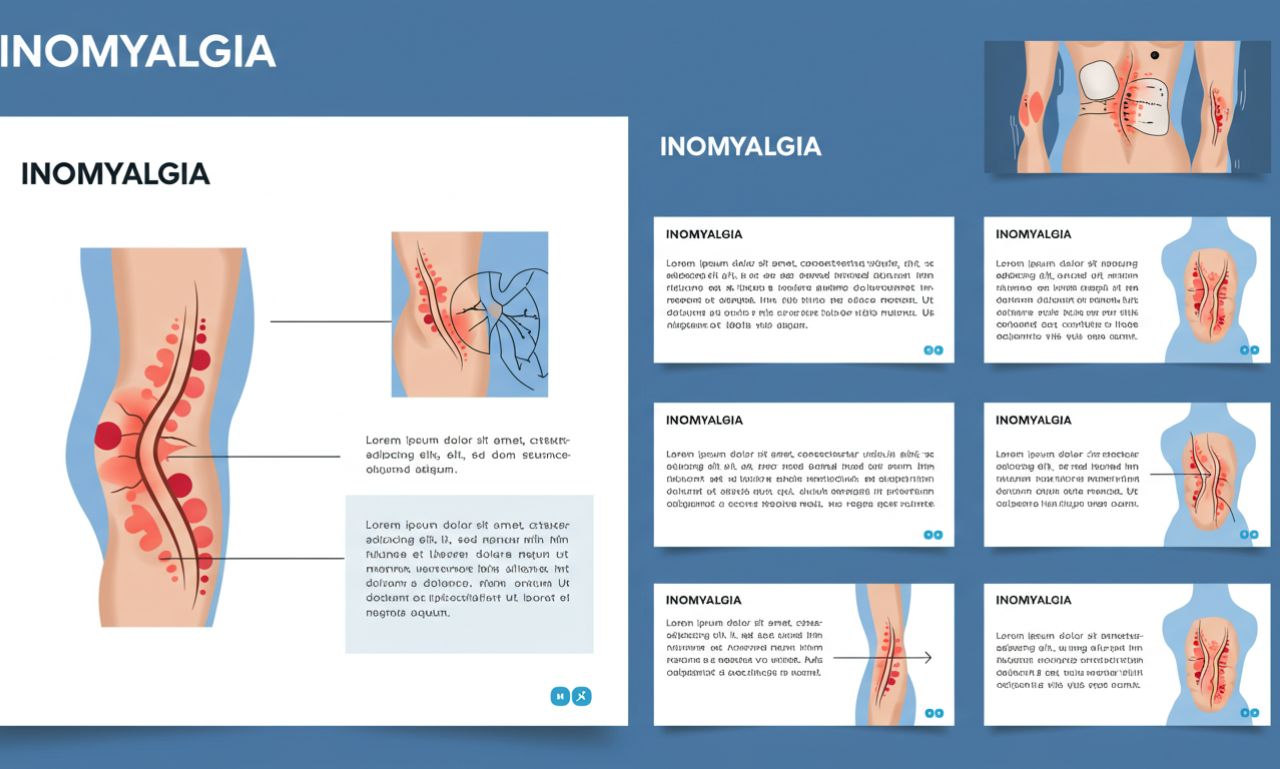Medical and health-related words often spark curiosity, especially when they sound similar to established conditions. Inomyalgia is one such term. While it is not widely recognized in conventional medical dictionaries, its construction suggests links to muscle pain and chronic health conditions. To better understand Inomyalgia, it helps to break down the word, consider its possible origins, and explore how it might relate to known medical terminology.
Breaking Down the Word “Inomyalgia”
-
Ino-: A prefix that can be linked to muscle fibers (from the Greek “inos,” meaning muscle or fiber) or sometimes to inside.
-
my-: Derived from the Greek “mys,” meaning muscle.
-
algia: A suffix commonly used in medicine to denote pain.
Put together, Inomyalgia can be interpreted as:
👉 “Pain within the muscles” or “fiber-related muscle pain.”
This suggests it may be used to describe a musculoskeletal condition, possibly related to or confused with Fibromyalgia.
Inomyalgia vs. Fibromyalgia
Fibromyalgia
-
A well-documented chronic condition characterized by widespread pain, fatigue, and tenderness in muscles.
-
Often linked with sleep issues, mood disorders, and cognitive difficulties (“fibro fog”).
Inomyalgia
-
Not a formally recognized condition in major medical resources.
-
Likely used as an alternative, misheard, or localized variant of fibromyalgia.
-
Could also appear in alternative medicine discussions as a way to describe internalized or fiber-related muscle pain.
Possible Interpretations of Inomyalgia
1. As a Medical Term in Development
Some terms appear in early research or niche studies before becoming mainstream. Inomyalgia might be one such experimental label.
2. As a Variant Term
Inomyalgia may be a linguistic variant of fibromyalgia used in certain regions or alternative medicine contexts.
3. As a Descriptive Symptom Term
Patients or practitioners could use it to describe specific types of muscle pain, especially when it feels deep or fiber-related.
Symptoms Associated with Inomyalgia (Hypothetical)
If Inomyalgia is indeed linked to chronic muscle pain, its symptoms may overlap with fibromyalgia or other musculoskeletal conditions, including:
-
Persistent muscle pain or tenderness
-
Stiffness, especially in the morning
-
Fatigue or low energy
-
Headaches or tension pain
-
Sleep disturbances
-
Difficulty concentrating
Management and Treatment Approaches
While Inomyalgia itself is not officially recognized, treatment approaches would likely mirror those for chronic muscle pain conditions:
-
Medical Treatments
-
Pain relievers (NSAIDs, muscle relaxants)
-
Prescription medications for chronic pain conditions
-
-
Lifestyle Approaches
-
Gentle exercise (yoga, stretching, walking)
-
Stress management techniques (meditation, deep breathing)
-
Balanced diet for muscle and joint health
-
-
Alternative Therapies
-
Massage therapy
-
Acupuncture
-
Heat and cold therapy
-
Why Terms Like Inomyalgia Matter
-
Patient Communication – People sometimes coin new words to better describe their symptoms.
-
Medical Evolution – Many recognized conditions started as lesser-known or alternative terms.
-
Awareness – Even if unofficial, words like Inomyalgia point to real experiences of pain and discomfort.
Conclusion
Inomyalgia may not yet be an officially recognized medical condition, but its structure suggests it refers to muscle-related pain similar to fibromyalgia. Whether used as a synonym, variant, or descriptive term, it reflects how patients and communities find language to capture complex experiences of chronic pain.
As awareness grows, Inomy algia could either remain a cultural health term or evolve into a medically defined concept, depending on future research.

